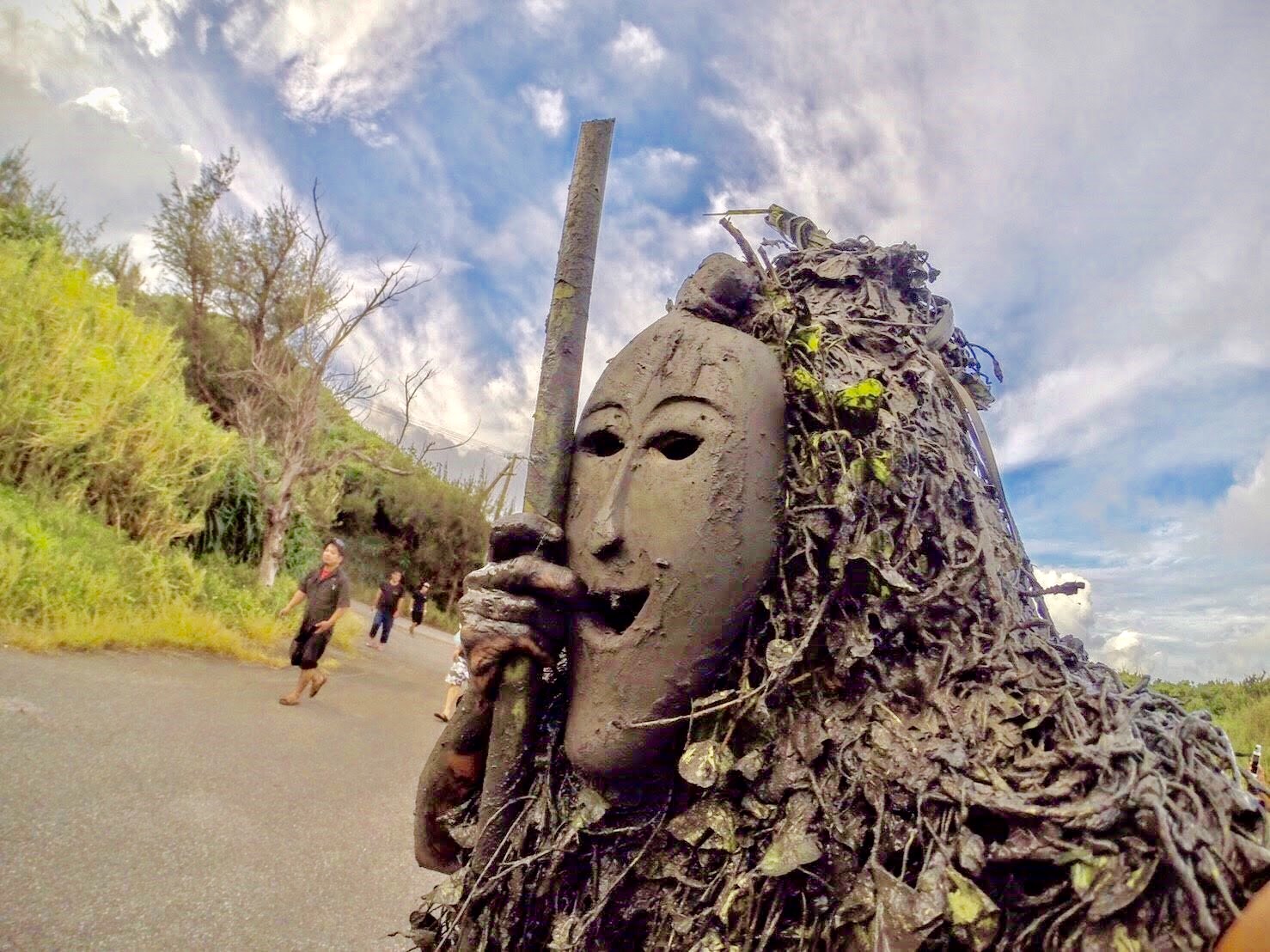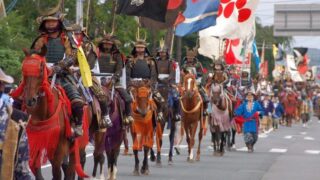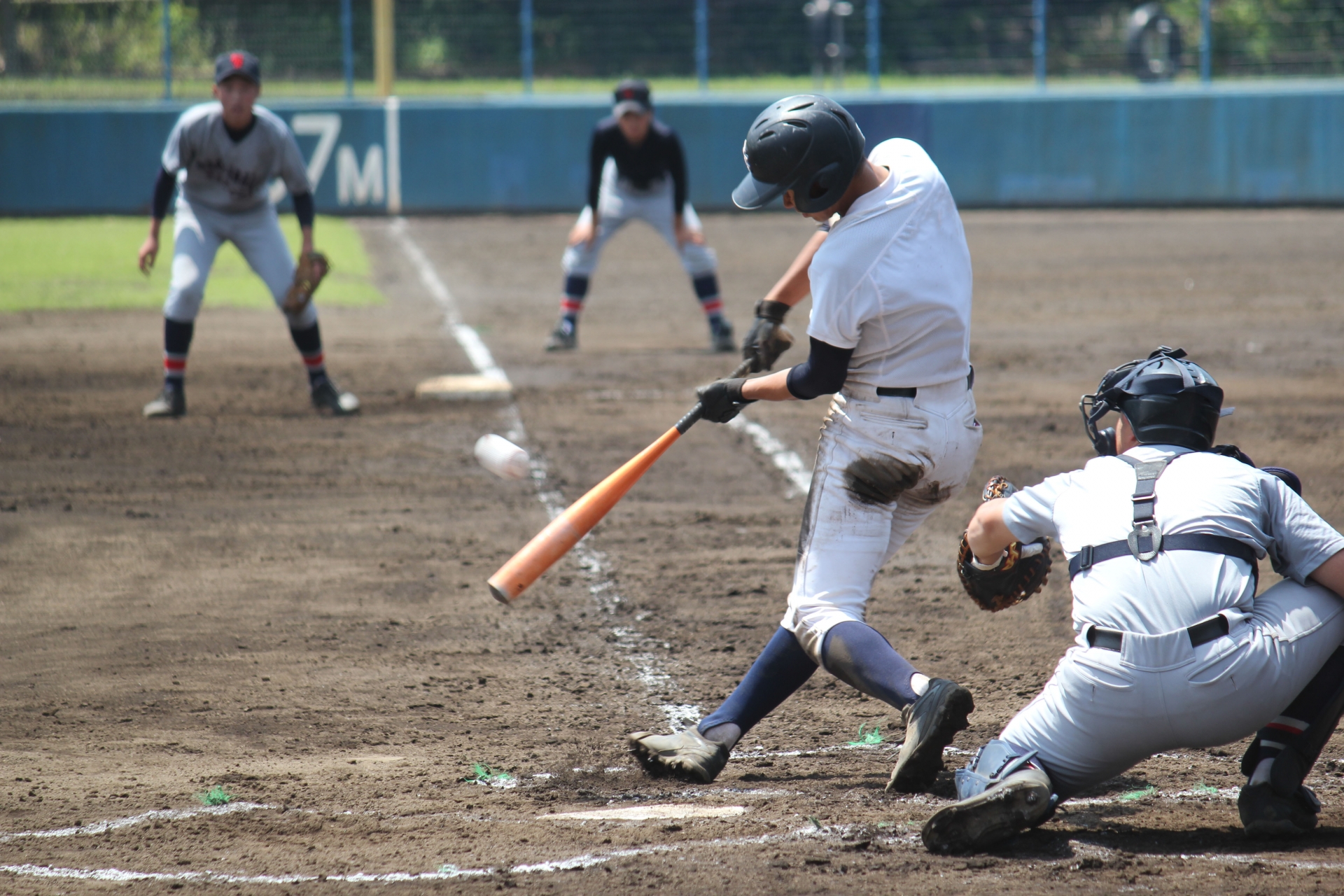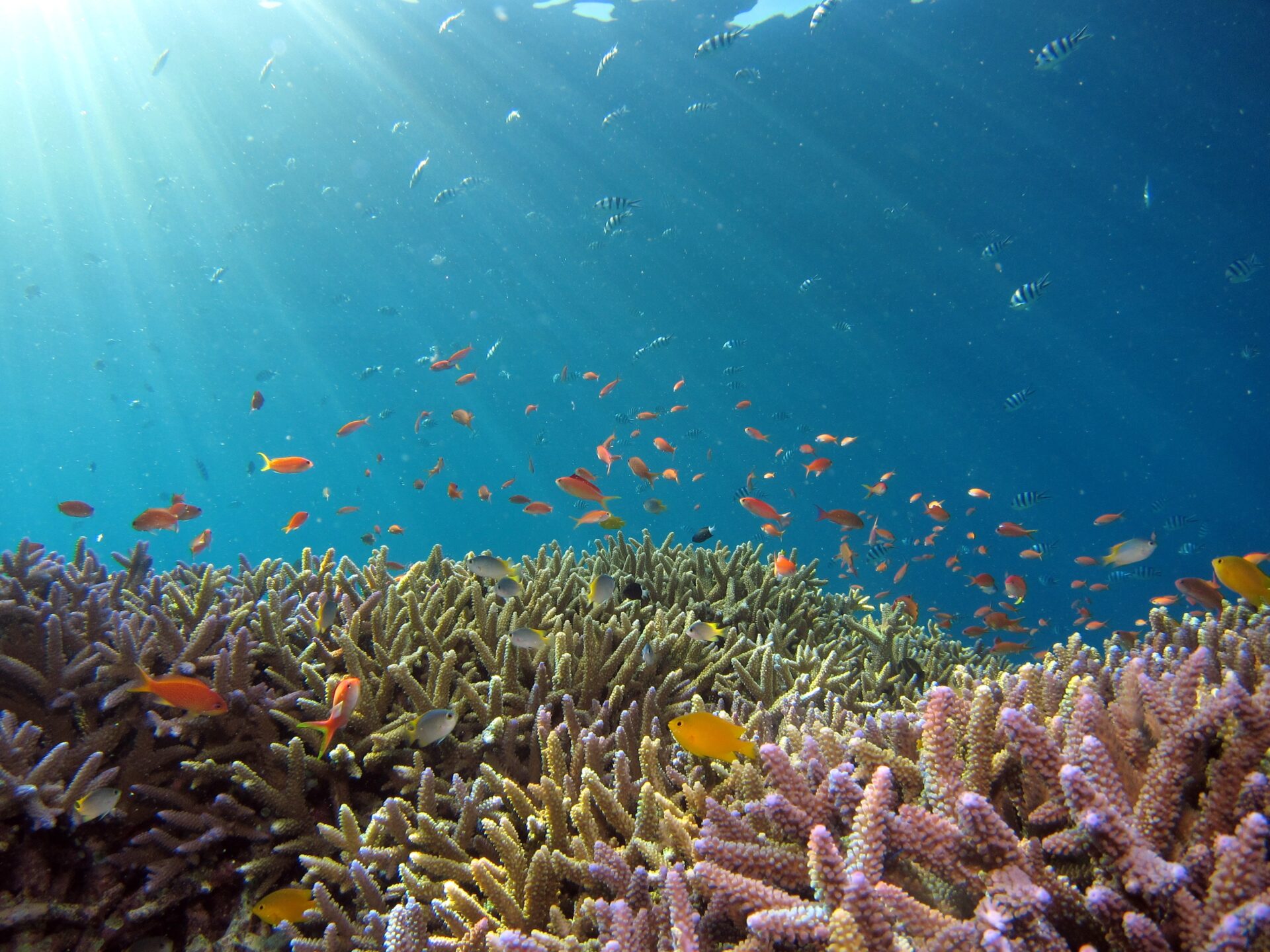When you watch TV shows featuring something about Japan, more often than not it’s about something quirky or weird. Of course, unusual events don’t take up most part of everyday life in Japan, but where there is smoke, there is fire. Indeed, at times, quirky happenings do take place in Japan and some of the best times to experience those moments is during a kisai (奇祭), or ‘strange festival’. Festivals are generally a time to step away from normal life for a bit and indulge in drinking and festivities, but some of the local matsuri are decidedly weirder than others. Here is a list of the 10 most interesting kisai festivals in Japan!
- 1. Onbashira Festival (Suwa)
- 2. Namahage Sedo Festival (Akita)
- 3. Yoshida Fire Festival (Mt. Fuji)
- 4. Naked Festival (Aichi)
- 5. Paantu Festival (Miyako Island)
- 6. Kanamara Festival (Kawasaki)
- 7. The Cursing Festival (Kasama)
- 8. Kasedori (Yamagata)
- 9. Rokugo no Kamakura (Akita)
- 10. Abare Festival (Noto Peninsula)
- Japan Wonder Travel Tours
- Other articles you might be interested in
1. Onbashira Festival (Suwa)
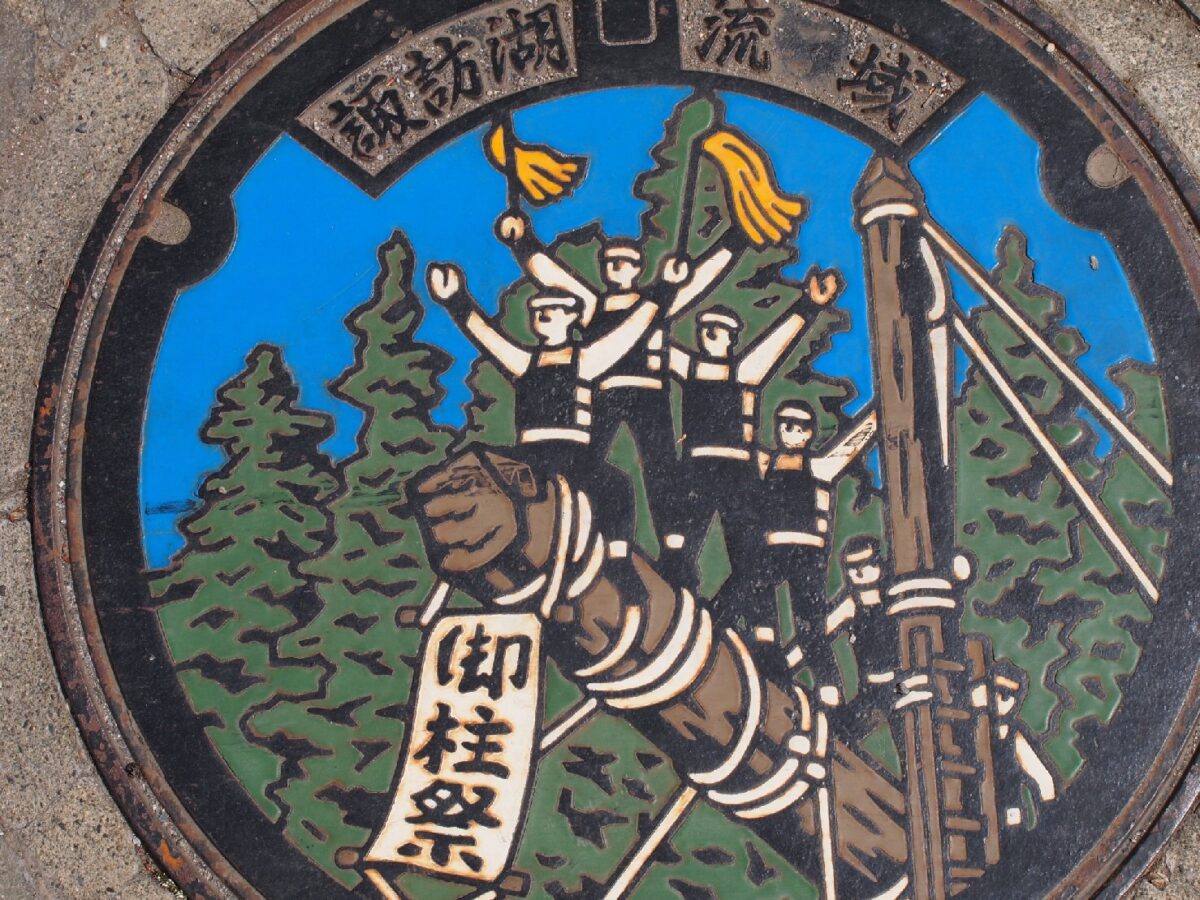
Once every 7 years, thousands of people help move 16 very large tree trunks from the mountains to the shrines of Suwa in Nagano during the months of April and May. Celebrated for more than 1200 years, during this festival the tree trunks are brought to the two shrines to be made into new pillars. The downhill sections of the route are especially fun to watch (and participate in!) as many people choose to ride the logs on their downward trajectory. Watching as well as riding does come with a risk of injury, so partake at your own risk and be careful!
2. Namahage Sedo Festival (Akita)
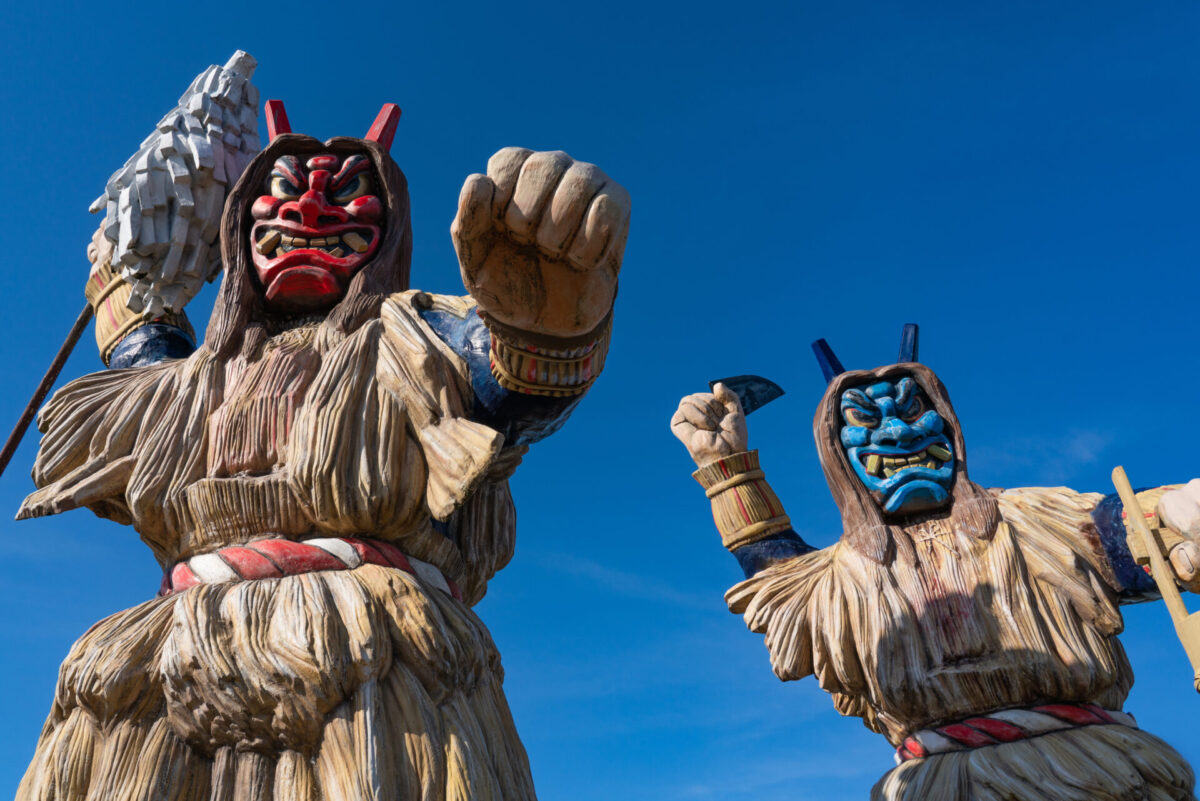
The Namahage Sedo Festival is held yearly on the 2nd weekend of February (Friday, Saturday and Sunday) in Oga, Akita Prefecture, and revolves around scary-looking demons called ‘namahage’. Namahage hate laziness, and during this festival 15 of them will descend from the mountains at 7:25 pm, come to the bonfire where people are gathered and loudly ask if there are any lazy, misbehaving children around. They walk through the crowd grabbing kids who look like they might have been bad, with the sound of taiko drums in the background. Of course, many kids are scared of them and it is said that around the time of this festival kids tend to behave better. The Namahage Sedo Festival combines the old folklore beliefs of namahage with the shinto festival of Saitousai and has been held this way since the 1960s. The festival is held at the Shinzan Shrine which can be reached by direct bus from Oga Station.
3. Yoshida Fire Festival (Mt. Fuji)
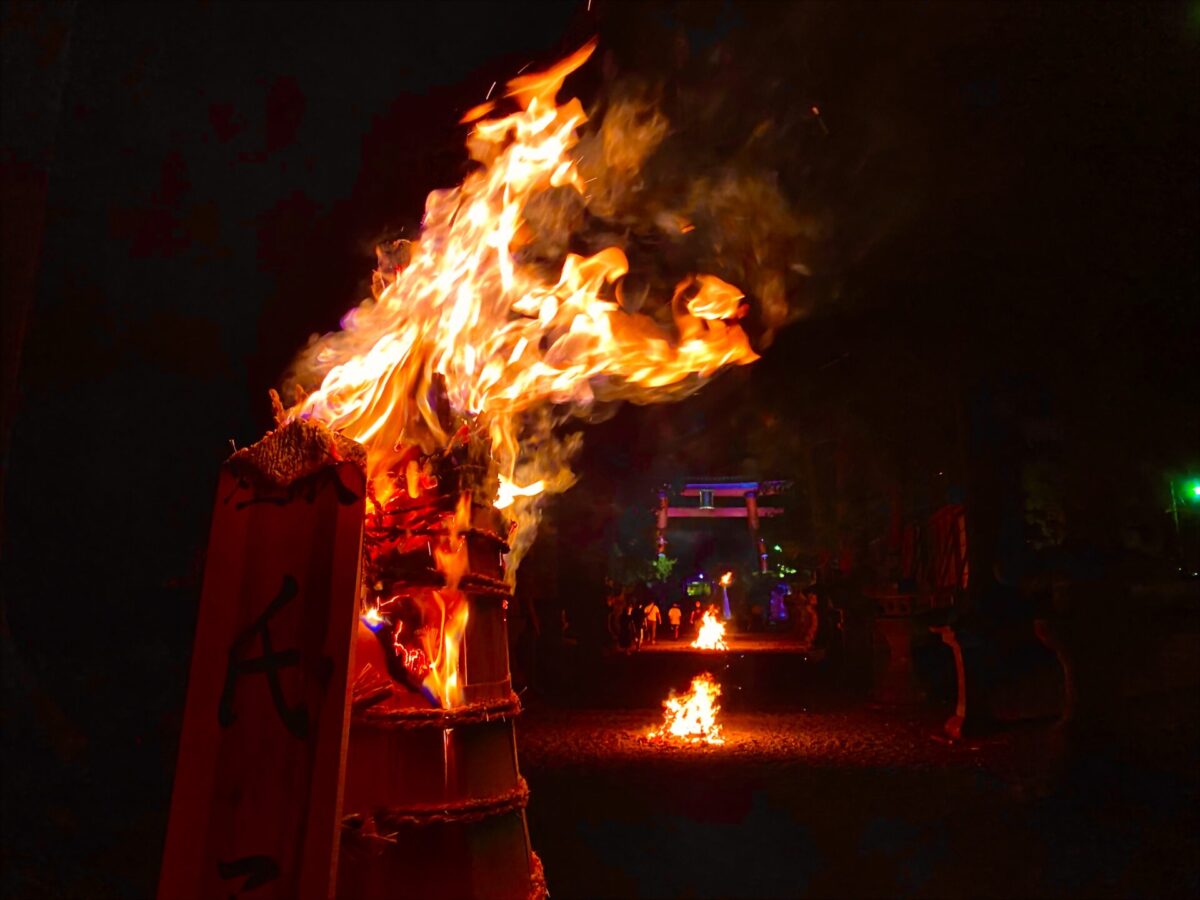
Every year towards the end of Mt. Fuji’s climbing season, the town of Fujiyoshida at the foot of Japan’s most iconic mountain in Yamanashi Prefecture lights up with the glow of long rows of bonfires during the Yoshida Fire Festival on August 26 and 27. The festival’s epicenter is at the Kitaguchi Hongu Fuji Sengen Shrine where people thank the mountain gods for a safe climbing season and try to delight the gods so that Mt. Fuji won’t erupt. This is done by letting the portable mikoshi shrines drop to the ground as they are being carried through the town’s main street. This produces a rumbling sound similar to that of an erupting volcano, and people hope that this will please the gods. As the fire festival starts at 3:00 pm, it is good to arrive before that if you want to experience it all.
4. Naked Festival (Aichi)
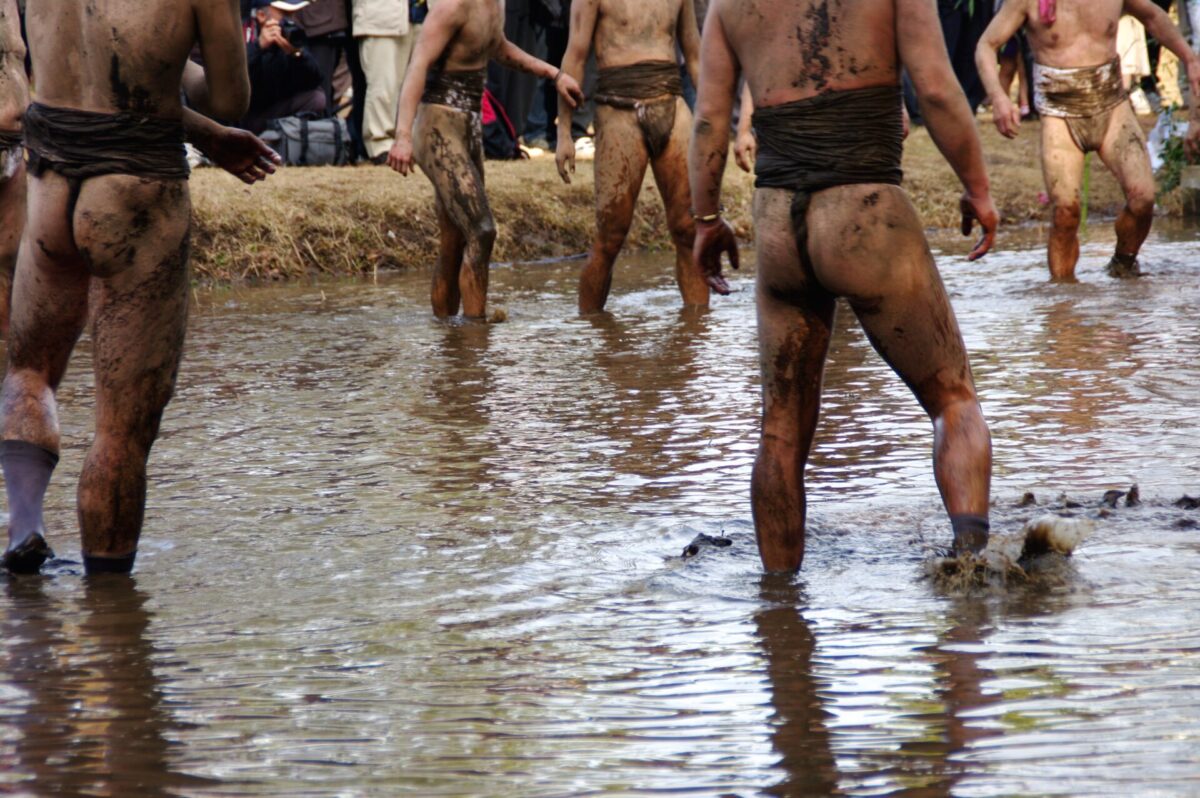
The name gives it away: the Konomiya Hadaka Matsuri, or Naked Festival, which is held in mid-February every year at the Konomiya (Owari Okunitama Shrine) in Aichi Prefecture, and features thousands of naked people but only men can participate. Anyone is allowed to watch though! Dressed in their birthday suit, the men carry a portable shrine around while wearing only a thin loin cloth barely covering anything. One so-called ‘Lucky Man’ is appointed, and it is said that touching him will bring luck in the year to come. The man himself isn’t as lucky though, as he is chased out of the city bringing all other men’s bad luck with him. The festival has been held annually since the 8th century to banish evil, bad luck and disease, and to welcome good fortune. Plenty of sake is consumed by both the participants and the spectators, and there will be many great photo ops. The most interesting festivities start from around 3 pm, so it is best to get there before for the best (or worst…) views.
5. Paantu Festival (Miyako Island)
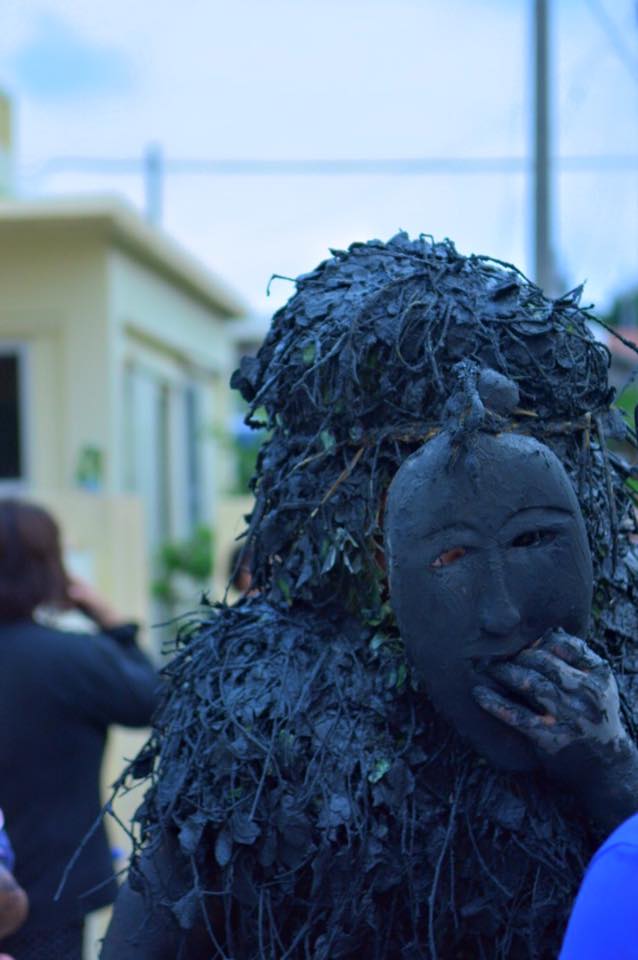
When the heat tapers off in Miyakojima in the subtropical archipelago of Okinawa and the cooler autumn months begin, a muddy festival called Paantu takes place. The festival is held on a different date each year but tends to fall between late September and mid-October in Hirara city and the Nobaru district. ‘Supernatural creatures’ that are covered in branches and mud go around the village to dish out mud, which in turn chases out evil and brings in luck for those who get smeared with it. The Paantu creatures don’t discriminate between locals and visitors, so if you happen to be around during the festival you should be prepared to get dirty!
6. Kanamara Festival (Kawasaki)
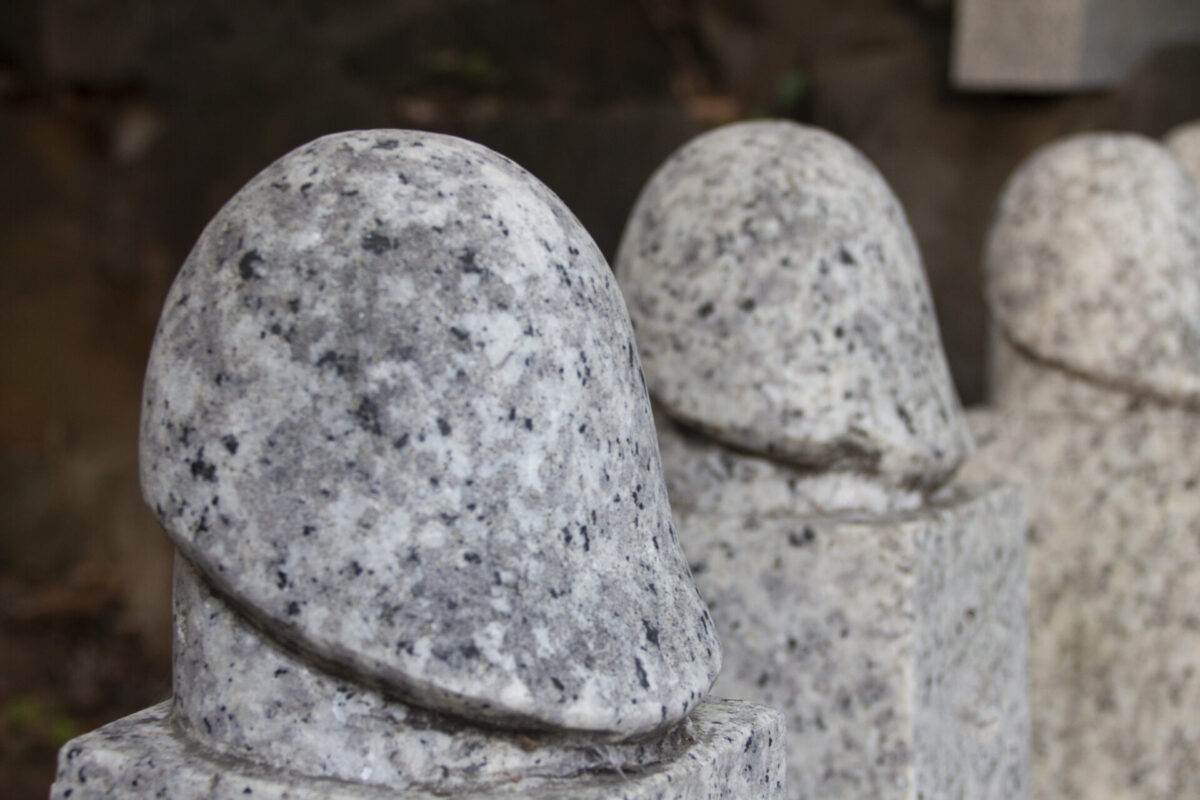
The Kanamara Festival, which is held yearly on the first Sunday in April between 10 am and 5 pm in Kawasaki just south of Tokyo, is better known as the ‘Penis Festival’. This makes sense, as the pinnacle of the festival is an array of gigantic penises being paraded through the streets around the Kanayama Shrine, cheered on by thousands of onlookers who snack on phallic-shaped foods. Of course, you can also buy all kinds of related souvenirs, and there will be plenty of unique photo opportunities. Originally, the gods of miners and blacksmiths are revered at this shrine. According to a local legend, a blacksmith helped a goddess recover after giving birth to a fire god, so people started praying here for good fortune in marriage, fertility and childbirth. Praying at this shrine supposedly also helps against contracting STDs (in reality, only condoms can help with that though!), so in the last few decades, this festival has been donating profits to an HIV research charity.
7. The Cursing Festival (Kasama)

Do you have a bit of a potty mouth? In that case, we have good news for you: every year in December you can get it all out during the Akutai Matsuri, or Cursing Festival, without any negative judgment! The festival takes place between 1:30 pm and 3:30 pm on the 3rd Sunday in December at the Atago Shrine in Kasama, Ibaraki Prefecture, where 13 shrine representatives dressed in white walk up the mountain. People yell out swear words like ‘idiot!’ while grabbing offerings that priests just donated. This supposedly stress-relieving festival has been around since the Edo Period when the local lord wanted to learn what his underlings were unhappy about and came up with this festival so he could hear what was bothering them.
8. Kasedori (Yamagata)
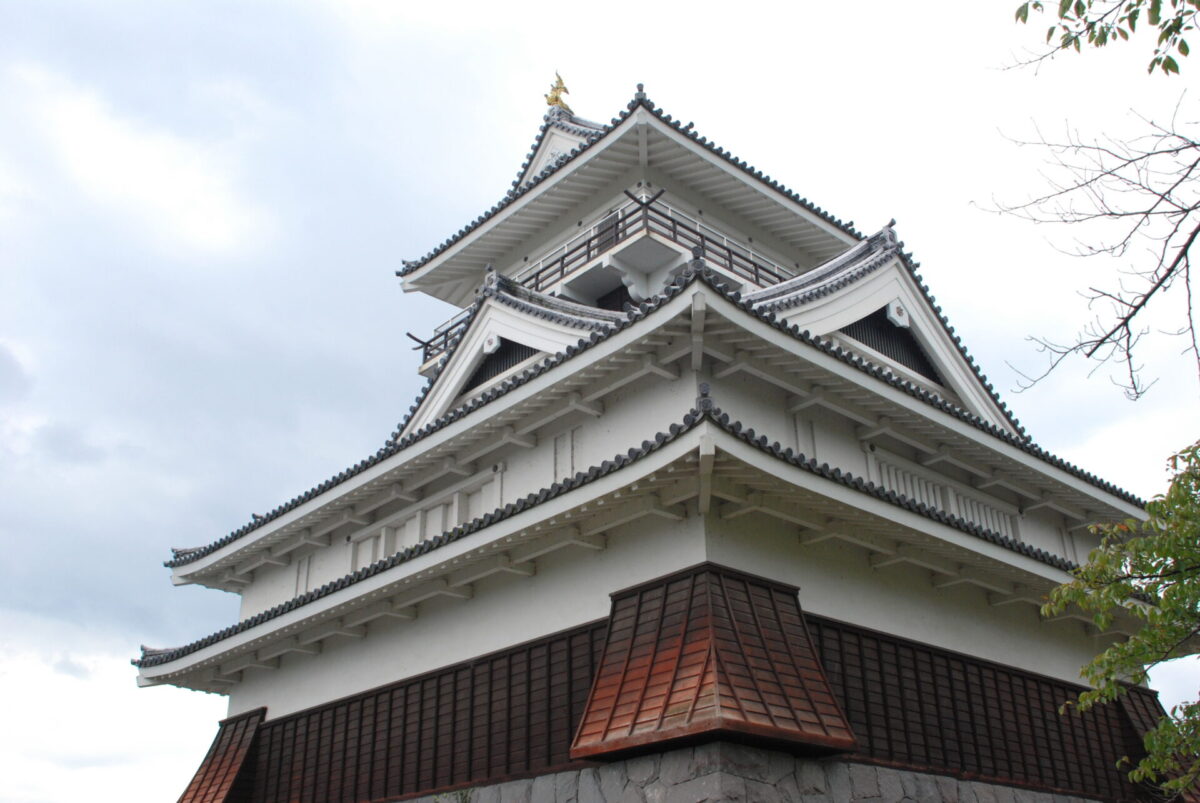
Every year on February 11th between 10 am and 1 pm, strange-looking creatures descend on the castle in Kaminoyama in Yamagata Prefecture. This is the Kasedori Festival, or Strawbird Festival, during which people commemorate a large fire in the 17th century that is said to have been extinguished by a legendary bird called ‘kasedori’. With this festival, the locals pray for fire safety and a fortunate new year. It starts with a prayer at a large bonfire at the entrance square gate of the castle, and when men dressed in straw bird suits enter the grounds, they shriek like birds and are sprayed with water by onlookers. Everyone who gets touched by the water will be lucky for the rest of the year, and if a straw falls from the performers and a girl puts it in her hair, she will have beautiful hair for the rest of her life.
9. Rokugo no Kamakura (Akita)
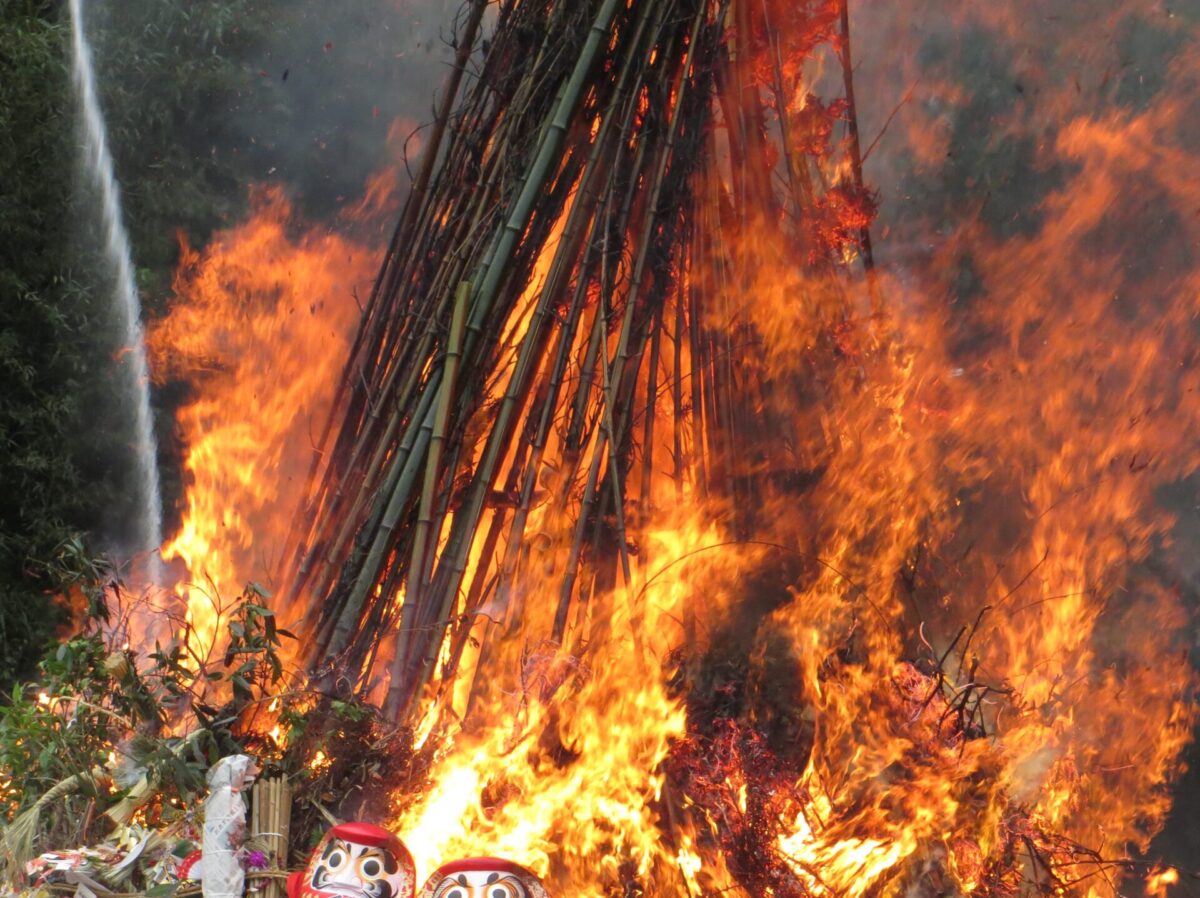
For more than 700 years on February 15, the dark winter night has been lit up with fire in front of the Suwa Shrine in Semboku, Akita Prefecture. During the Rokugo no Kamakura Festival, people pray for a bountiful harvest and good fortune for the coming year with a series of festivities. While the entire festival lasts from February 11 to 15, the highlight happens on the night of February 15 when young men battle using long bamboo sticks which are then ignited and burned in a very large bonfire. If you want to witness the pinnacle of the festival that starts around 8 pm, you should arrive timely at the Suwa Shrine as this festival has become popular over the last few years.
10. Abare Festival (Noto Peninsula)
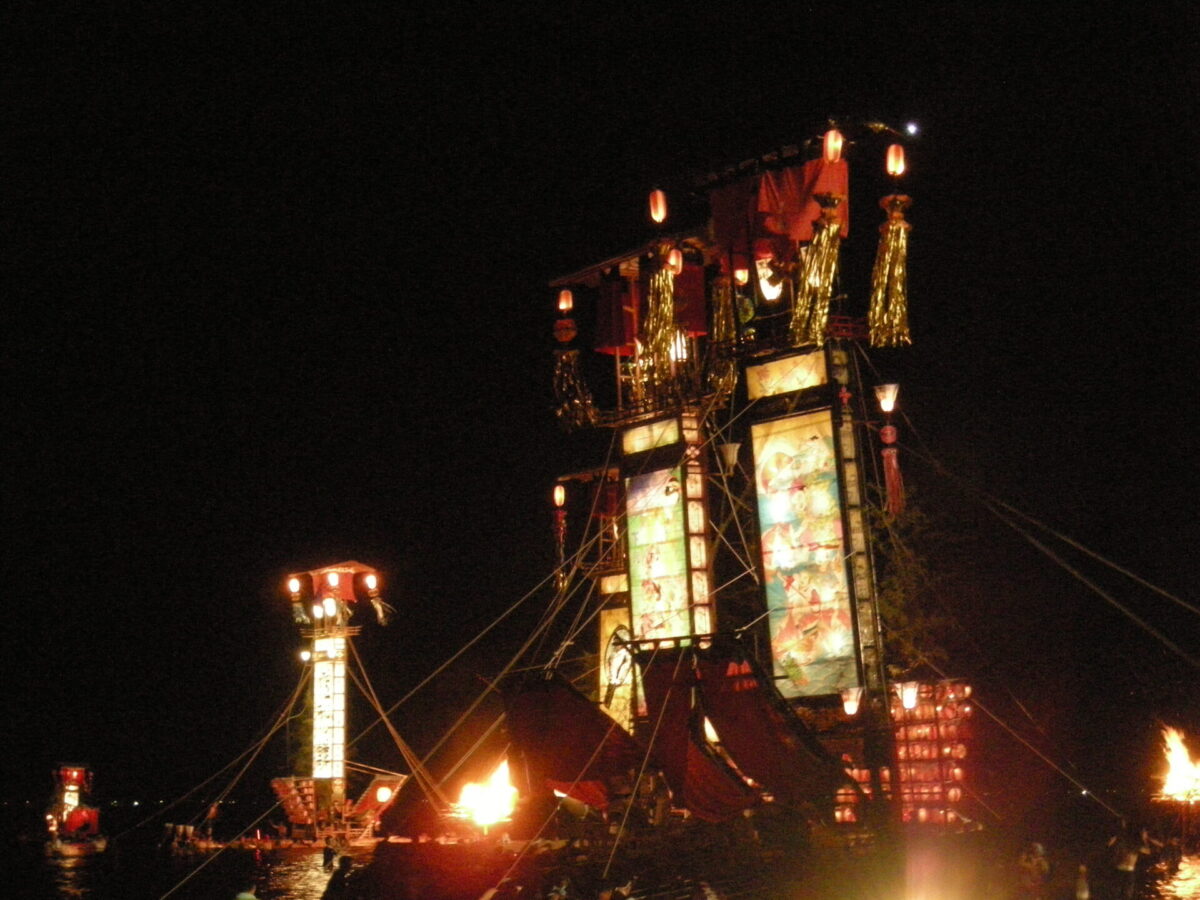
In early summer, an energetic and vibrant festival takes place on the Noto Peninsula in Ishikawa Prefecture. The Abare Festival is held on the first Friday and Saturday of July to commemorate humanity’s victory over an infectious disease in the 17th century. A god called Gozu Tenno supposedly sent a bee whose sting healed those infected with the disease, and the Abare Festival is held to thank this god who particularly likes loud and lively happenings. On Friday evening, with fireworks in the background, 40 lantern floats called ‘kiriko’ are brought from Ushitsu to the main city square where they are carried through pillars of fire with sparks flying everywhere, creating quite the spectacle. But it is on Saturday that the most violent activities take place, with two portable mikoshi shrines being thrown into the water before being completely destroyed and then thrown in a fire, lending this festival its nickname of ‘rampage festival’.
Japan Wonder Travel Tours
Japan Wonder Travel is a travel agency that offers guided tours throughout Japan.
From private walking tours to delicious Food and Drink tours, we can help you organize the best tours just for you! If you want to explore Japan and learn more about the history and backstories of each area you are visiting, our knowledgeable and friendly English speaking guides will happily take you to the best spots!
In addition, we can provide you with any assistance you may need for your upcoming trip to Japan, so please feel free to contact us if yu have any questions or need some help!
▶Tokyo Tsukiji Fish Market Food and Drink Tour
Explore the most lively and popular fish market in Tokyo and try some of the local’s favorite street foods and sake with one of our friendly and knowledgeable English speaking guides!

▶Tokyo 1–Day Highlights Private Walking Tour (8 Hours)
There’s no better way to explore an area than taking a tour with a knowledgeable local guide. You will have the chance to learn about the history and interesting background stories of Tokyo, as well as discover some hidden gems which can be hard to do without a guide.

▶Mt. Fuji Day Trip Bus Tour from Tokyo
Experience the breathtaking views of Mt. Fuji by visiting the highlights of the area on our guided sightseeing bus tour! Departing from Shinjuku in central Tokyo, you can travel comfortably to all of the best spots in the area by bus.

Follow us on Instagram, Facebook, and Twitter for more travel inspiration. Or tag us to get featured!
Happy traveling!
Other articles you might be interested in

Stefanie Akkerman moved from the Netherlands to Japan in 2013 with her Japanese husband and son. She jumped into the niche of Dutch tour guiding in Tokyo and Kamakura in 2015 and occasionally writes articles about all the great sights and activities Japan has to offer. She loves (Japanese) food, and to work that all off she goes diving, snorkeling, cycling, or hiking.
This post may contain some affiliate links. When you click through and make a purchase we may receive some commission, at no extra cost to you.
